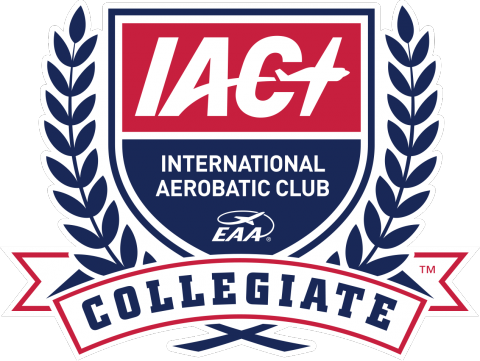The International Aerobatic Club Awards Programs
The International Aerobatic Club Awards Programs. IAC celebrates members’ successes and services to the sport through its numerous awards programs. Verne Jobst, the IAC President at the time and a longtime glider pilot, came up with the idea for the Achievement Awards program in 1970. Verne desired a rival to the well-known soaring badges. The regulations were finished in May 1971 by him, Bob Davis, and Mike Heuer. Debbie Forshee, a Louisianan teenager who flew for the Basic Patch, was the first pilot to be eligible for a prize. A new Achievement Award with a set of pins and coordinating decals was authorized by the IAC Board in the fall of 2006.
Different colors are used to symbolize each group. Trophies with stars in a concentric circle and awards with smooth edges were created. Achievement medals that denote the level of proficiency attained in aerobatic flying are available to aerobatic athletes. The two accessible achievement awards are Smooth Awards and Stars Awards.
The Grass Roots medallion, sponsored by Textron Lycoming, is given to the pilot with the greatest overall percentage score at any regional competition who is flying an aircraft with 180 horsepower or less, or with more than 180 horsepower if the 75 percent cruise speed is less than 125 mph. The medallion, sponsored by American Champion Aircraft, is given to the pilot flying an American Champion Aircraft aircraft who receives the highest score in any category during any Regional or National competition. IAC Chapter 61, led by chapter president John Housley, came up with the idea for the medal. For a seven-year supply of medals, sponsorship from Aviat Aircraft was obtained. The medals can be obtained by contacting IAC’s main office.
Regional Contest Awards are given for the best flying at local aerobatic contests. All pilots competing in the Sportsman through Unlimited power and glider categories at the U.S. National Championships are eligible to earn these prizes. For each flight program in each category, first, second, and third place winners receive gold, silver, and bronze medallions.
Awards given at the U.S. National Aerobatic Championships are given to pilots who placed first in their flying performances. Ohio native Mike Murphy came up with the idea and gave the money for the Mike Murphy Cup. For many years, Mr. Murphy was a pioneer in the field of aerobatics as well as a top figure in the field internationally. At the US National Aerobatic Championships, the Betty Skelton Trophy is given to the woman who finished first in the power Unlimited category. At the U.S. National Aerobatic Championships, the highest-scoring power Unlimited non-citizen receives the Goodrich Trophy, which B.F. Goodrich Aerospace was created and donated in 1996. The Fred Leidig Trophy, the Giles Henderson Trophy, and the MT-Propeller Trophy are further awards.
Top finishers in each Region who fly in at least three IAC-sanctioned competitions throughout the year are eligible for the Regional Series. In the National Point Series Championship, pilots are ranked nationally in the categories of Sportsman, Intermediate, Advanced, and Unlimited based on their performance in three separate regions (defined by us as the IAC regions). The L. Paul Soucy Trophy is awarded to the pilot with the top three overall competition scores for the contest season. The pilot who earned the most points for the United States at the most recent World Aerobatic Championship receives the Charlie Hillard Trophy.
The annual awards program honors members who have given very remarkable volunteer service to the IAC and the sport. Top-finishing pilots in each category receive IAC Open Championship titles during an IAC Open Championships (East and West). The IAC Championships Awards (discontinued) were given out for the best flying at the IAC Championships and Championships of the Americas, which ran from 1971 to 2000.

